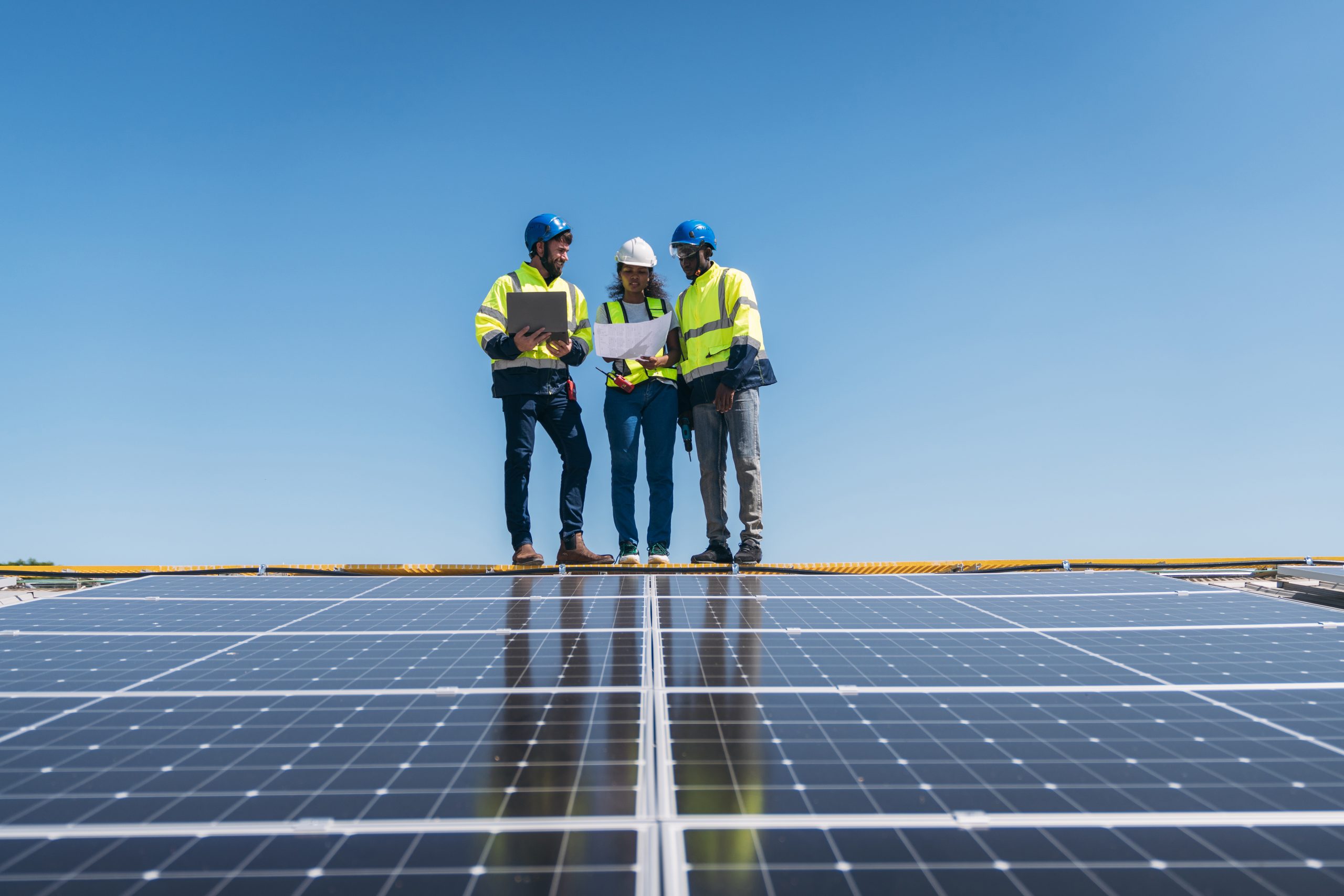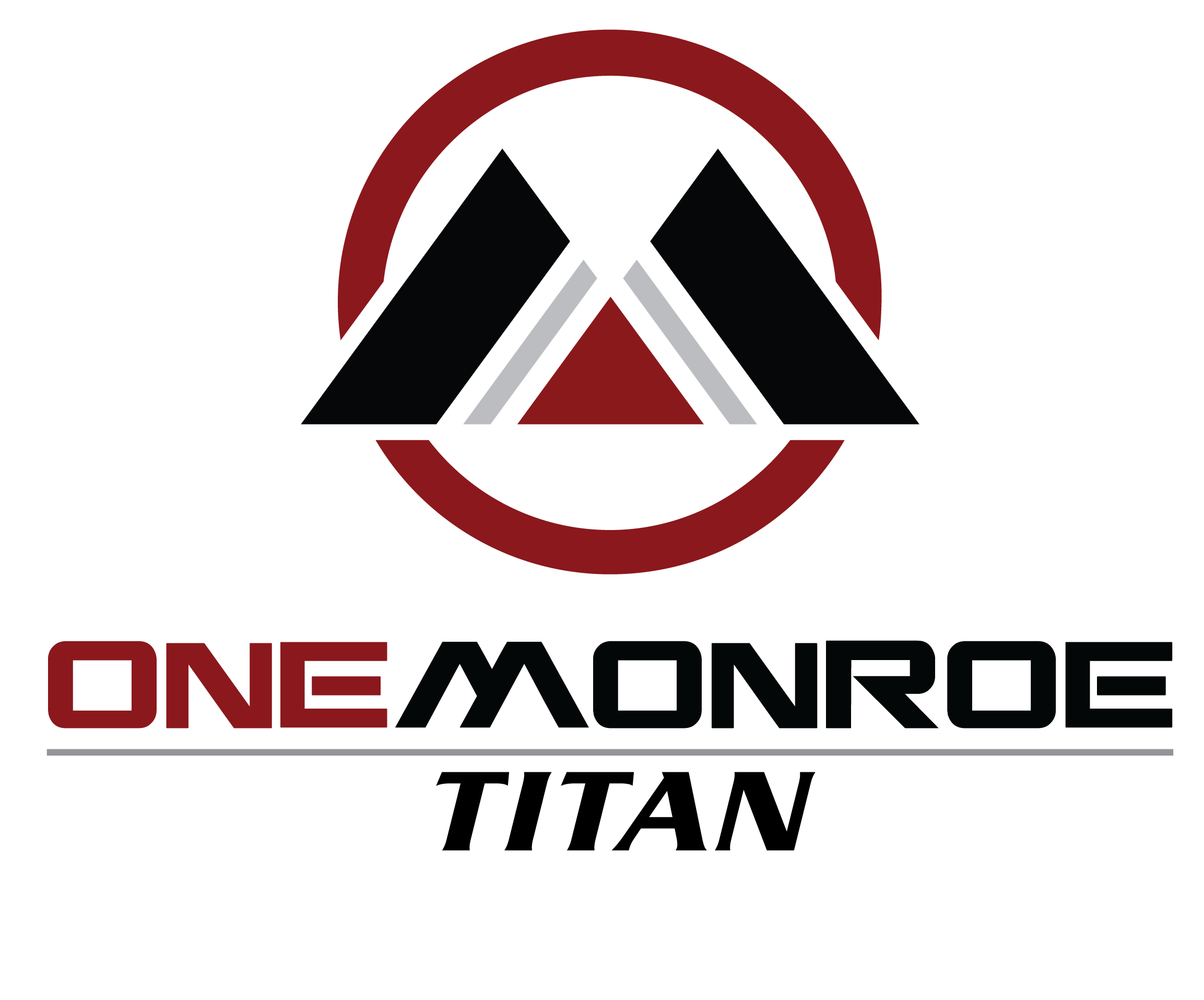
As we continue to transition towards a more sustainable future, the solar industry stands at the forefront of the renewable energy revolution. It’s an exciting time for solar power as advancements in technology and a growing awareness of environmental issues drive widespread adoption. Yet, this rapidly evolving sector is not without its challenges.

In our journey as solar advocates, we have encountered various hurdles including economic, technological, and regulatory barriers that need to be addressed. Customer skepticism and complex proposals are some of the common obstacles faced by solar installers, making efficient project management crucial. Moreover, while advancements in technology continue to make solar panels more efficient, economic and financial constraints often limit their accessibility.
Top 5 Challenges Facing the Solar Industry

The solar industry is facing significant challenges that affect its growth and efficiency. These challenges include high initial investment costs, limitations in energy storage, and supply chain disruptions.
High Initial Investment
One of the most concerning challenges in the solar industry is the high initial investment required for solar installations. The costs associated with purchasing, installing, and maintaining solar panels can be prohibitive. Photovoltaic cells and solar panel production demand significant capital, which can be a barrier for both residential and commercial users.
Investors and consumers must evaluate financial incentives, such as tax credits and subsidies, to offset these costs. Additionally, decreasing costs through economies of scale as demand increases can help more stakeholders access solar energy. Innovation in manufacturing processes and materials, like more efficient crystalline silicon, continues to play a role in reducing initial costs.
Energy Storage Limitations
Energy storage limitations significantly impact the effectiveness of solar power generation. The intermittent nature of solar energy means that without efficient battery technology, consistent energy production and reliable power generation remain challenging. Battery storage systems are essential for storing excess energy produced during peak sun hours and distributing it during periods of low solar activity.
We need to focus on advancements in battery technologies. Enhancing the capacity and lifespan of storage solutions can facilitate more stable energy conversion from solar systems. Research into alternative storage technologies, such as chemical storage or improved battery chemistries, is crucial for overcoming current energy storage limitations.
Supply Chain Disruptions
The global supply chain for solar panel production is susceptible to disruptions. These can be caused by political factors, trade restrictions, or fluctuations in the availability of raw materials like crystalline silicon. Disruptions result in delays, increased costs, and challenges in scaling up solar farms and installations.
Addressing these challenges requires building more resilient and diverse global supply chains. By sourcing materials from multiple regions and investing in sustainable production practices, the industry can mitigate risks associated with raw material shortages. Strategic partnerships and investments in local manufacturing capabilities help secure a steady supply of essential components for photovoltaic cells and solar panels.
Overcoming Barriers to Solar Adoption
As the solar industry remains crucial for achieving global sustainability goals, overcoming various barriers is key to widespread adoption. Key challenges include labor shortages, grid integration, and efficient land use. Addressing these areas ensures that solar energy can expand to support growing clean energy needs and help reduce carbon emissions.
Enhancing Workforce and Skills
Labor shortages present a major challenge for solar installations and maintenance. Our approach to addressing this involves increased investment in training programs. By collaborating with educational institutions, we can provide specialized courses focusing on solar technologies and systems. This effort not only bridges the skills gap but also creates new job opportunities within the renewable energy sector.
To keep pace with digital transformation, ongoing education in cybersecurity and new business models is essential. Programs that include these emerging areas ensure that workers are equipped to handle the complexities of modern solar installations, addressing current and future customer expectations. Combining theoretical knowledge with practical experience, we aim to create a competent and adaptable workforce.
Integrating Solar with the Electrical Grid
Integrating solar power installations with existing electrical grids is complicated by issues such as demand response programs and maintenance costs. To meet this challenge, we should focus on enhancing grid infrastructure and storage solutions. By adopting smarter grids and better storage technologies, the system absorbs and distributes solar energy more efficiently.
Strong collaboration between governments, industry stakeholders, and communities helps identify and solve specific challenges. Our collective efforts lead to more robust and flexible power systems, ensuring a reliable energy supply. Encouraging policies, such as appropriate regulatory and policy frameworks, further support these integration efforts, making solar energy a viable alternative to fossil fuels.
Maximizing Land Use and Environmental Sustainability
The limited availability of land for solar projects demands innovative solutions, such as floating solar systems or community solar projects. Floating solar utilizes water bodies, effectively reducing the space required on land while supporting renewable energy projects. Community solar projects provide shared access, allowing more people to benefit from clean energy without needing individual installations.
Through strategic site selection and the use of biodiverse and multifunctional solar arrays, we minimize potential impacts on local ecosystems. Implementing environmentally friendly practices in solar projects helps us reduce carbon emissions and support broader decarbonization goals, aligning with global efforts to address climate change.

